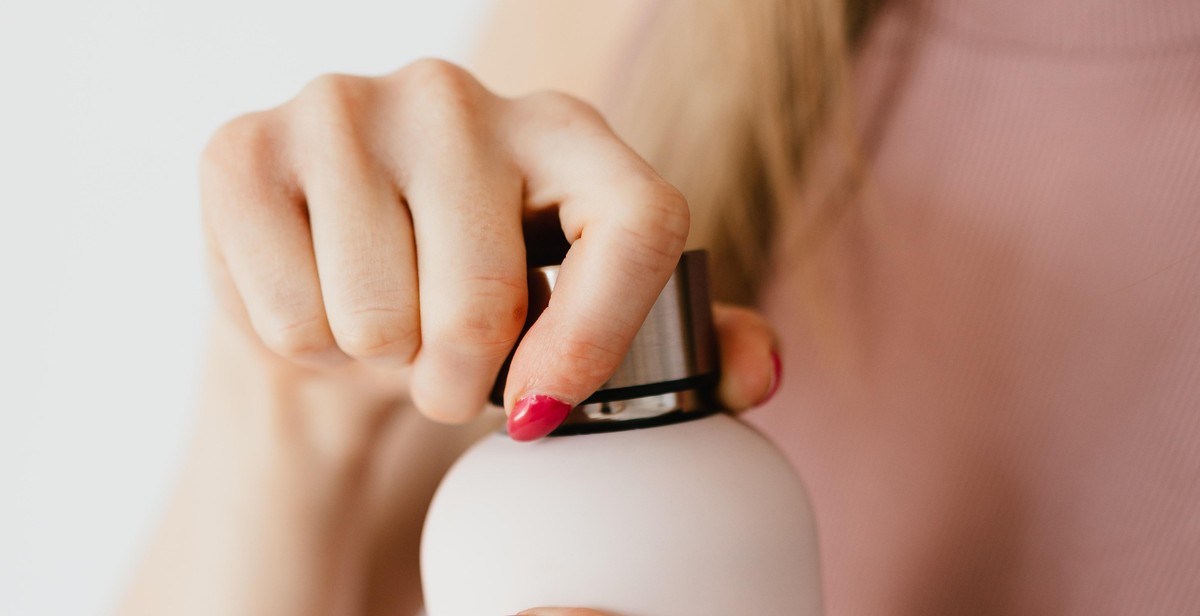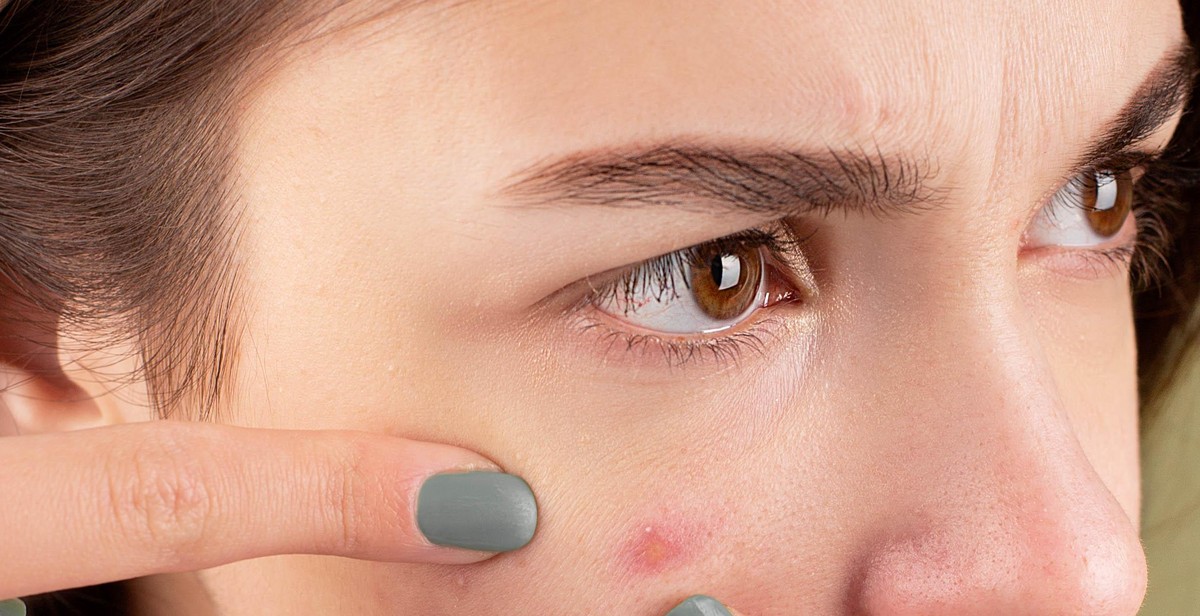How to Strengthen and Repair Damaged Hair with Protein Treatments
Strong and healthy hair is a sign of beauty and vitality. However, maintaining healthy hair can be a challenge, especially if you have chemically treated or heat-damaged hair. Hair is made of protein, which means that protein treatments can help strengthen and repair damaged hair. In this article, we will explore the benefits of protein treatments for damaged hair and provide tips on how to strengthen and repair your hair with protein treatments.
What are protein treatments?
Protein treatments are hair care products that contain protein, which can help strengthen and repair damaged hair. These treatments are designed to penetrate the hair shaft and provide the hair with the necessary nutrients to repair and strengthen the hair. Protein treatments can help improve the elasticity, strength, and overall health of your hair.
Why do you need protein treatments for damaged hair?
Damaged hair is weak and prone to breakage. Protein treatments can help repair and strengthen damaged hair by providing the hair with the necessary nutrients to rebuild and strengthen the hair shaft. Protein treatments can also help improve the texture and appearance of damaged hair, making it look healthier and shinier.
How to use protein treatments for damaged hair?
Protein treatments should be used once a week or as recommended by the product instructions. These treatments should be applied to clean, damp hair and left on for the recommended time. After rinsing out the treatment, it is important to deep condition your hair to restore moisture and prevent protein overload.
Overall, protein treatments are an effective way to strengthen and repair damaged hair. By incorporating protein treatments into your hair care routine, you can improve the health and appearance of your hair, and achieve beautiful, strong, and healthy locks.
What Are Protein Treatments?
Protein treatments are a type of hair treatment that can help to strengthen and repair damaged hair. They work by infusing hair with proteins, which are the building blocks of hair. These proteins help to repair and strengthen the hair shaft, making it less prone to breakage and damage.
The Purpose of Protein Treatments
The purpose of protein treatments is to help repair and strengthen damaged hair. Hair can become damaged from a variety of factors, including heat styling, chemical treatments, and environmental factors. When hair becomes damaged, it can become weak and prone to breakage. Protein treatments can help to repair this damage by infusing hair with the proteins it needs to become strong and healthy again.
Protein treatments are also useful for those with naturally weak or fine hair. These hair types are often more prone to breakage and damage, and protein treatments can help to strengthen the hair and prevent breakage.
Types of Protein Treatments
There are several types of protein treatments available, each with their own unique benefits.
- Hydrolyzed Protein Treatments: These treatments are made from hydrolyzed proteins, which have been broken down into smaller molecules that can more easily penetrate the hair shaft. This type of treatment is often recommended for those with severely damaged hair.
- Keratin Treatments: Keratin is a protein that is naturally found in hair. Keratin treatments work by infusing hair with additional keratin, helping to strengthen and smooth the hair shaft.
- Collagen Treatments: Collagen is a protein that is found in the skin and connective tissues. Collagen treatments work by infusing hair with collagen, helping to improve hair elasticity and strength.
It’s important to note that too much protein can actually be damaging to hair. Overuse of protein treatments can lead to brittle, dry hair that is more prone to breakage. It’s important to use protein treatments in moderation and to always follow the instructions provided by the manufacturer.

Causes of Hair Damage
Hair damage can occur due to various reasons, including chemical treatments, heat styling, and environmental factors. Understanding the causes of hair damage can help you take the necessary steps to prevent further damage and repair your hair.
Chemical Treatments
Chemical treatments such as hair coloring, perming, and relaxing can cause significant damage to your hair. These treatments involve the use of harsh chemicals that can strip your hair of its natural oils and weaken its structure. Over time, this can lead to breakage, split ends, and dryness.
To minimize the damage caused by chemical treatments, it is important to choose high-quality products that are designed to protect your hair. Use a deep conditioning treatment before and after chemical treatments to help nourish and strengthen your hair. Additionally, avoid over-processing your hair and limit the frequency of chemical treatments.
Heat Styling
Heat styling tools such as flat irons, curling irons, and blow dryers can cause damage to your hair. The high temperatures used by these tools can dry out your hair, making it brittle and prone to breakage. Additionally, the repeated use of heat styling tools can weaken your hair’s structure and cause split ends.
To minimize the damage caused by heat styling, it is important to use heat protectant products before using heat styling tools. Additionally, avoid using high temperatures and limit the frequency of heat styling. Allow your hair to air dry whenever possible, and use a cool setting on your blow dryer to minimize damage.
Environmental Factors
Environmental factors such as sun exposure, wind, and pollution can also cause damage to your hair. UV rays from the sun can weaken your hair’s structure and cause color fading, while wind can tangle and break your hair. Pollution can accumulate on your hair, making it dull and prone to breakage.
To minimize the damage caused by environmental factors, it is important to protect your hair from the sun by wearing a hat or using a UV protectant spray. Additionally, avoid exposing your hair to harsh winds and pollution. If you live in an area with high pollution, consider using a clarifying shampoo to remove buildup from your hair.
| Cause | Effects | Prevention |
|---|---|---|
| Chemical Treatments | Breakage, split ends, dryness | Use high-quality products, deep condition, limit frequency |
| Heat Styling | Dryness, brittleness, split ends | Use heat protectant products, avoid high temperatures, limit frequency |
| Environmental Factors | Weakened structure, color fading, tangles, breakage | Protect from sun, wind, and pollution, use clarifying shampoo |

Signs of Damaged Hair
If you’re not sure whether your hair is damaged or not, here are some signs to look out for:
- Dryness: If your hair feels dry and brittle, it could be a sign of damage. Damaged hair often lacks moisture and natural oils.
- Split ends: Split ends are a common sign of damaged hair. If you notice that your ends are splitting, it’s time to take action.
- Breakage: If your hair is breaking easily, it could be a sign of damage. Healthy hair should be able to withstand some pulling and tugging without breaking.
- Tangles: Damaged hair is often prone to tangles and knots. If you’re struggling to comb or brush your hair without encountering tangles, it’s a sign that your hair needs some TLC.
- Dullness: Healthy hair should be shiny and vibrant. If your hair looks dull and lifeless, it could be a sign of damage.
Causes of Hair Damage
There are many factors that can contribute to hair damage, including:
- Chemical treatments: Coloring, perming, and relaxing hair can all cause damage over time.
- Heat styling: Using hot tools like flat irons and blow dryers can damage hair and cause it to become dry and brittle.
- Environmental factors: Exposure to sun, wind, and pollution can all contribute to hair damage.
- Poor nutrition: A lack of protein and other nutrients can weaken hair and make it more prone to damage.
- Over-washing: Washing your hair too often can strip it of its natural oils and cause damage.
Why Protein Treatments Work
Protein is a vital component of healthy hair. It helps to strengthen and repair the hair shaft, which can help to prevent breakage and split ends. Protein treatments work by providing your hair with the protein it needs to stay healthy and strong.
There are many different types of protein treatments available, from DIY treatments you can make at home to professional salon treatments. By incorporating protein treatments into your hair care routine, you can help to strengthen and repair damaged hair, leaving it looking and feeling healthier.

Benefits of Protein Treatments
Protein treatments are an excellent way to strengthen and repair damaged hair. Here are some of the benefits of using protein treatments:
Restores Strength and Elasticity
Protein treatments help to restore the strength and elasticity of your hair. This is because hair is made up of a protein called keratin, and protein treatments help to replenish the keratin in your hair. When your hair is damaged, it loses some of its keratin, which can make it weak and brittle. Protein treatments help to restore the keratin in your hair, making it stronger and more elastic.
Repairs Damage
Protein treatments also help to repair damage to your hair. This is because the protein in the treatment can penetrate the hair shaft and fill in any gaps or breaks in the hair. This helps to smooth out the hair and make it less prone to breakage. Protein treatments can also help to repair split ends and reduce frizz.
Overall, protein treatments are an excellent way to strengthen and repair damaged hair. They can help to restore the strength and elasticity of your hair, as well as repair any damage that has been done. If you have damaged hair, consider incorporating protein treatments into your hair care routine.

How to Choose the Right Protein Treatment
Protein treatments can be an effective way to strengthen and repair damaged hair, but it’s important to choose the right one for your specific hair type and the severity of the damage. Here are some factors to consider when selecting a protein treatment:
Hair Type
Before choosing a protein treatment, it’s important to understand your hair type. Different types of hair have different needs, and what works for one hair type may not work for another. Here are some general guidelines:
- Curly or coily hair: These hair types are often naturally dry and prone to breakage. Look for protein treatments that also provide moisture, such as those containing coconut oil or shea butter.
- Straight or fine hair: These hair types can be more prone to damage from heat styling or chemical treatments. Look for protein treatments that are lightweight and won’t weigh down your hair.
- Thick or coarse hair: These hair types can benefit from more intensive protein treatments, such as those containing hydrolyzed keratin or collagen.
Severity of Damage
The severity of your hair damage will also play a role in choosing the right protein treatment. If your hair is only mildly damaged, a lighter protein treatment may be all you need. However, if your hair is severely damaged, a more intensive treatment may be necessary. Here are some general guidelines:
- Mild damage: Look for protein treatments that contain hydrolyzed wheat or soy protein, which can help strengthen hair without weighing it down.
- Moderate damage: Look for protein treatments that contain hydrolyzed keratin or collagen, which can help repair damage and improve elasticity.
- Severe damage: Look for protein treatments that contain multiple types of protein, as well as other nourishing ingredients such as amino acids and vitamins.
Ingredients
When choosing a protein treatment, it’s important to pay attention to the ingredients. Look for treatments that contain high-quality proteins, such as hydrolyzed keratin or collagen. You may also want to look for treatments that contain other nourishing ingredients, such as amino acids, vitamins, and natural oils. Avoid treatments that contain harsh chemicals, such as sulfates or parabens, which can further damage your hair.
| Good Ingredients | Bad Ingredients |
|---|---|
| Hydrolyzed keratin | Sulfates |
| Hydrolyzed collagen | Parabens |
| Amino acids | Mineral oil |
| Vitamins | Alcohol |
| Natural oils | Formaldehyde |
By considering your hair type, the severity of the damage, and the ingredients, you can choose a protein treatment that will effectively strengthen and repair your damaged hair.

How to Apply Protein Treatments
Protein treatments are an essential part of any hair care routine, especially if you have damaged or weakened hair. These treatments help to strengthen and repair your hair, leaving it looking and feeling healthy. Here’s a step-by-step guide on how to apply a protein treatment:
Step 1: Cleanse Your Hair
Before applying a protein treatment, it’s essential to cleanse your hair thoroughly. Use a gentle shampoo to remove any dirt, oil, or product buildup from your hair. Make sure to rinse your hair thoroughly with warm water to ensure there’s no shampoo residue left on your hair.
Step 2: Apply the Protein Treatment
After cleansing your hair, it’s time to apply your protein treatment. Depending on the product you’re using, you may need to shake the bottle or mix the treatment before use. Apply the treatment to your hair, focusing on the ends and any damaged areas. Be careful not to apply too much product as this can weigh down your hair.
Step 3: Allow the Treatment to Penetrate
Once you’ve applied the protein treatment to your hair, it’s essential to allow it to penetrate. Most protein treatments require you to leave the product on your hair for 5-10 minutes. However, it’s essential to read the instructions on the product you’re using as some treatments may require a longer or shorter time.
Step 4: Rinse Out the Treatment
After the treatment has penetrated your hair for the recommended time, it’s time to rinse it out. Use warm water to rinse your hair thoroughly, making sure to remove all the product from your hair. Once you’ve rinsed out the treatment, you can follow up with a conditioner to help detangle your hair and restore moisture.
By following these steps, you can apply a protein treatment to your hair effectively. Remember to use the treatment once or twice a month, depending on the condition of your hair, to keep it looking and feeling healthy.

Frequency of Protein Treatments
Protein treatments are an effective way to strengthen and repair damaged hair. However, the frequency of protein treatments depends on the level of damage to your hair. Here’s a breakdown of how often you should use protein treatments based on the severity of your hair damage:
For Severely Damaged Hair
If your hair is severely damaged, you should use a protein treatment once a week. This will help to rebuild the protein bonds in your hair and improve its overall strength and elasticity. However, it’s important not to overuse protein treatments, as this can lead to protein overload and make your hair brittle and prone to breakage.
For Moderately Damaged Hair
If your hair is moderately damaged, you should use a protein treatment every two weeks. This will help to maintain the protein balance in your hair and prevent further damage. Be sure to use a high-quality protein treatment that is specifically formulated for your hair type.
For Mildly Damaged Hair
If your hair is mildly damaged, you should use a protein treatment once a month. This will help to prevent further damage and keep your hair healthy and strong. It’s also important to use a high-quality protein treatment that contains natural ingredients and is free from harsh chemicals.
| Level of Hair Damage | Frequency of Protein Treatments |
|---|---|
| Severely Damaged Hair | Once a week |
| Moderately Damaged Hair | Every two weeks |
| Mildly Damaged Hair | Once a month |
Conclusion
Protein treatments are an essential part of any hair care routine, especially for those with damaged or weak hair. By providing the necessary nutrients to the hair, protein treatments can help strengthen and repair damaged hair, leaving it healthy and beautiful.
Key Takeaways
- Protein treatments can help repair damaged hair by providing the necessary nutrients.
- There are different types of protein treatments available, including DIY options and professional treatments.
- It is important to choose the right protein treatment for your hair type and condition.
- Overuse of protein treatments can lead to protein overload and further damage to the hair.
- Regular use of protein treatments can help maintain healthy, strong hair.
Final Thoughts
If you have damaged or weak hair, incorporating protein treatments into your hair care routine can make a significant difference. However, it is important to choose the right treatment and use it in moderation. Consult with a hair care professional or do your research to find the best protein treatment for your hair type and condition. With regular use, you can enjoy healthy, strong, and beautiful hair.
